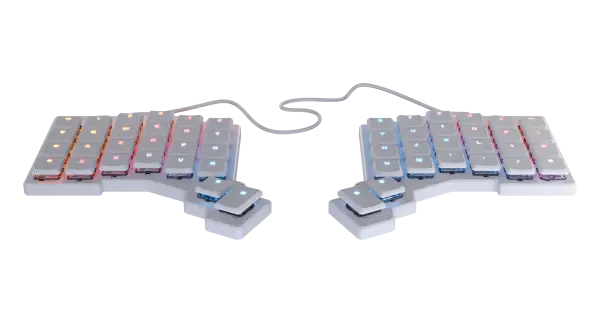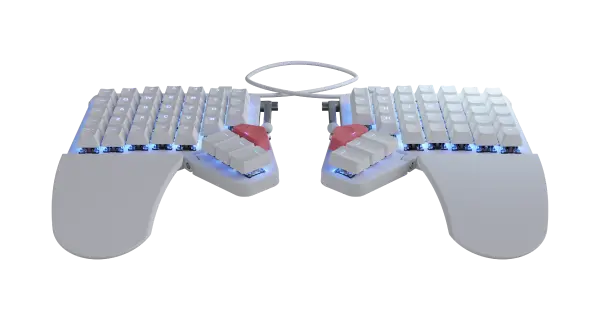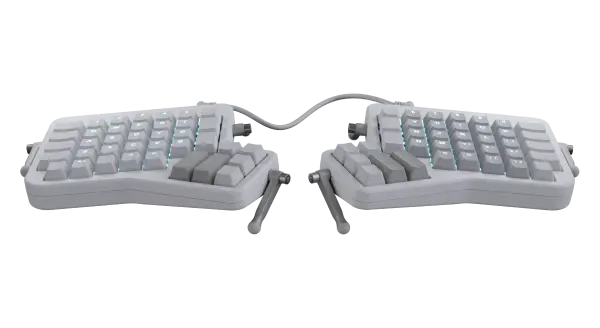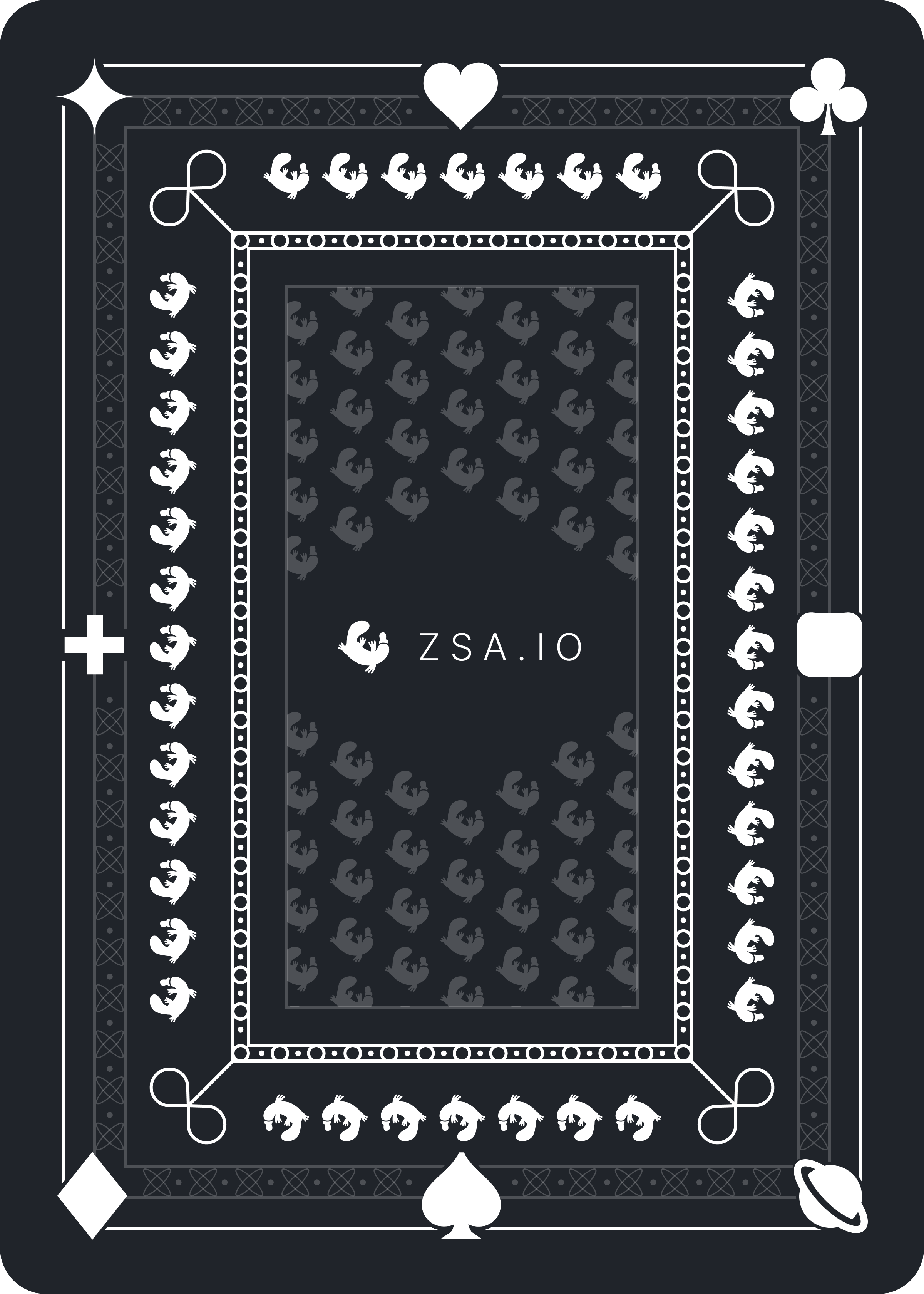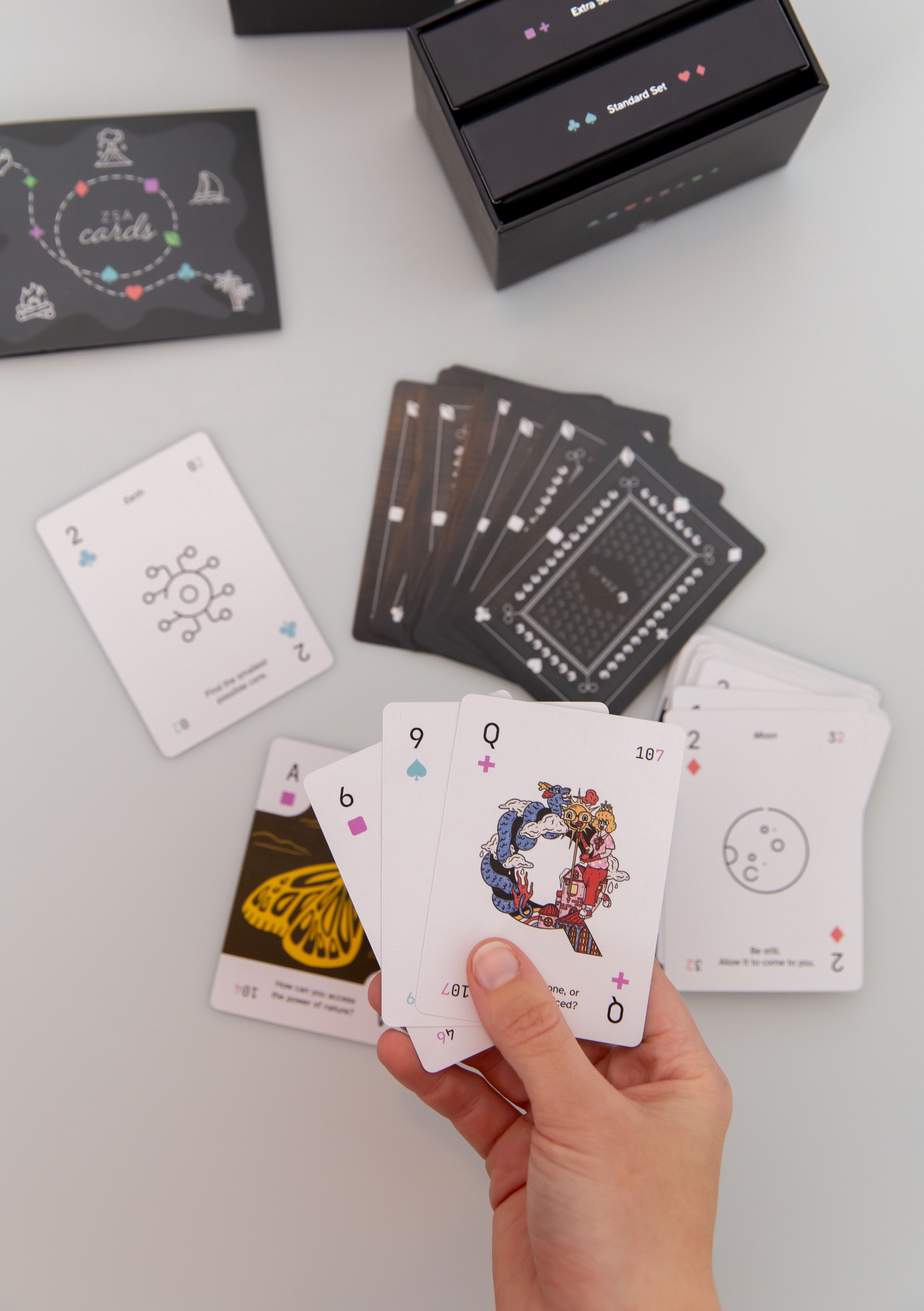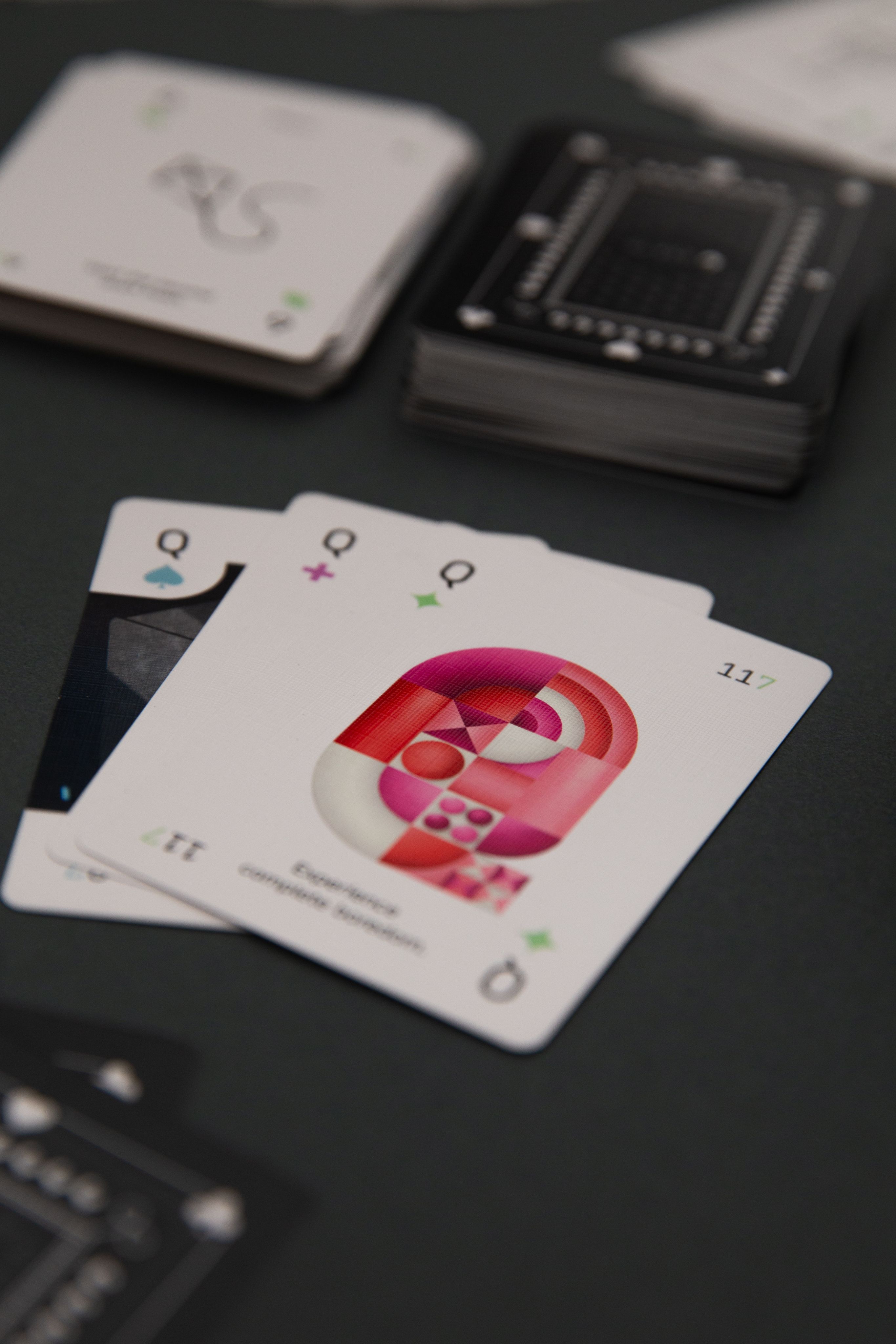Details matter
For many people, ZSA Cards are going to be the first ZSA “thing” they get to touch with their own hands, so we needed to have a level of finish and tactility that reflects our values and care as a company.
We used USPCC (Bicycle) as our benchmark for card feel, rigidity, and surface texture. We went with a printer that specializes in playing cards, because we wanted the SMETA audit as well as the level of experience required to produce the result we were after. The end result is a deck that feels decidedly premium in the hand and has a good shuffle to it (not aimed at cardistry, but definitely pleasant to shuffle and deal).
SMETA audit: A widely used third-party inspection to ensure ethical working conditions and minimal environmental impact.
